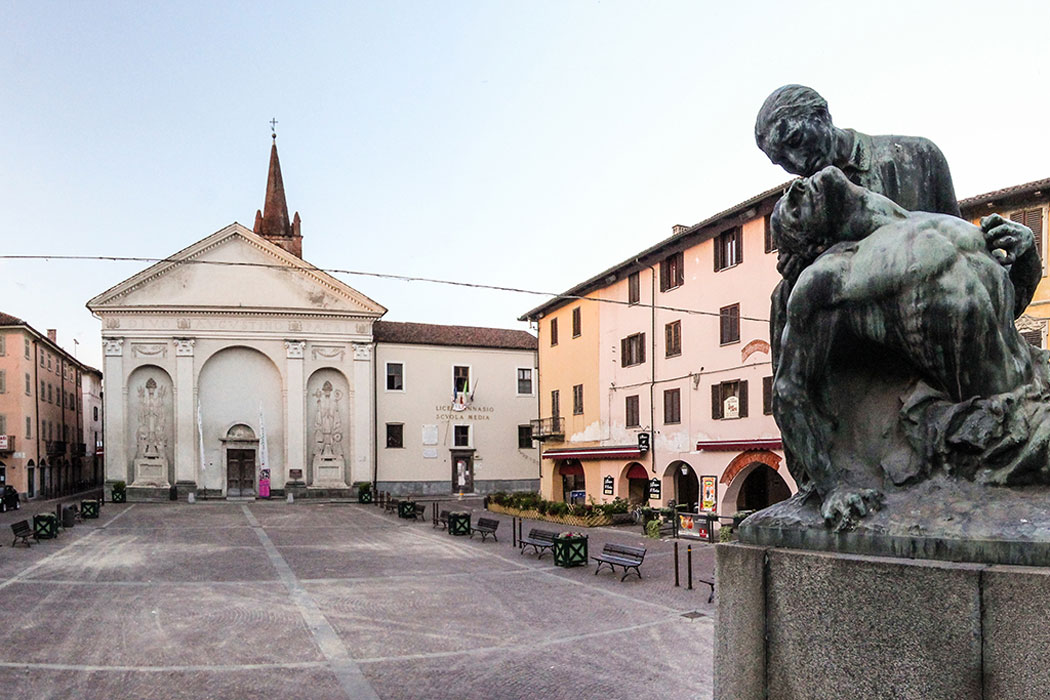

Carmagnola was founded around the year 1000, with a small castrum or 'casaforte', a fortified agricultural centre where people could find refuge from the Saracen raids. The first historical document that mentions Carmagnola dates back to 1034 in which the Abbey of Nonantola ceded the small fortified centre to a vassal (bondsman) of Arduino II.
After several groups of feudal lords, among which the best known were the Marquises of Saluzzo, in 1309 the municipality was born with its city council and the mayor. It should be noted that in this period (1382) a leader was born who would later be described by Manzoni in a famous tragedy: Francesco Bussone better known as the Count of Carmagnola.
Over the centuries Carmagnola has experienced an alternation of control between the French and the local lords. After a period of French control, Carmagnola passed under the control of the Savoy in 1588, thanks to Carlo Emanuele I, who then regain control for a period in the seventeenth century. First the plague and then the French destroyed the fortified city which in 1691 returned definitively to the Savoy thanks to Vittorio Amedeo II of Savoy. From this time on, Carmagnola became an agricultural and commercial center.
Its fame in the cultivation of hemp, which was essential for sails and hawsers, made it a centre of primary importance, so much so that during the French Revolution the jacket of the uniform of the sanculotti (sansculottes people) was called a 'carmagnola'. The history of hemp is told in a special local museum.
At the end of the 1700s, Carmagnola was again destroyed, this time by the French revolutionaries and then rebuilt in a 'modern' way, and for this reason there are few remains of the medieval walls and defences.
Only in 1960 did Carmagnola's vocation also become industrial with the FIAT factory and the aluminium foundries that attracted workers from all over southern Italy.
Today its agricultural vocation has been reconsidered with the recognition of some typical local crops such as the Peppers of Carmagnola, celebrated in a very famous festival in August, the long sweet Leek of Carmagnola and the grey rabbit of Carmagnola, whose hair is used to make the famous hats of Alexandria.








Follow us